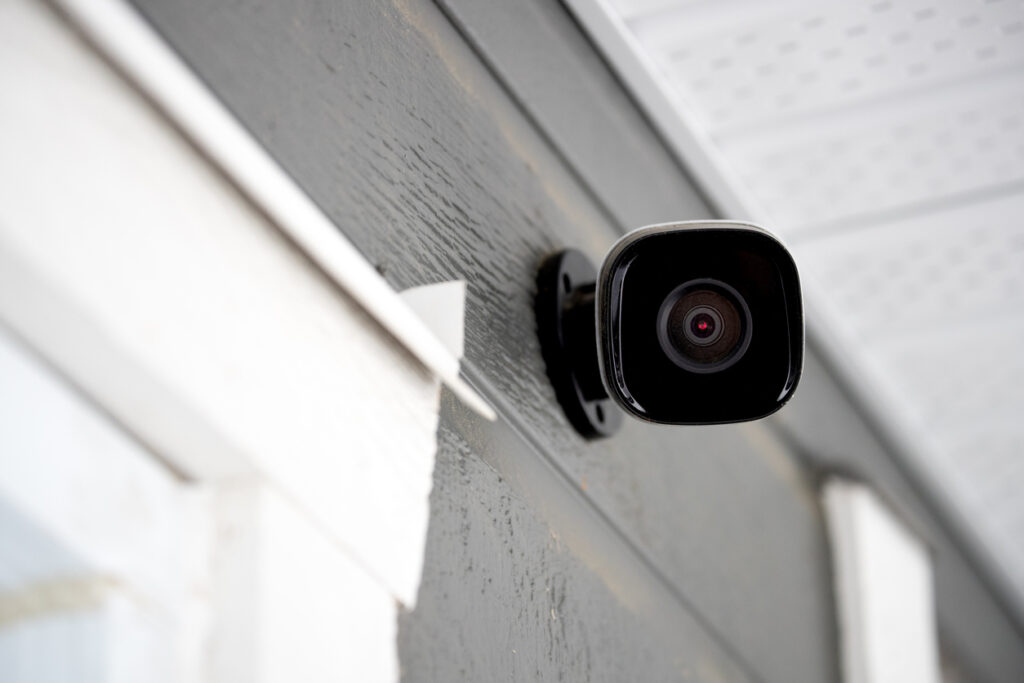Crime prevention in the 21st century is much more sophisticated than in the past. However, there are still serious consequences to being a victim of a crime. For instance, a crime victim may experience the loss of property, physical injury and emotional pain. In addition, crime victims have a sense of insecurity that can last for years; the victim fears that the crime will happen again because the sense of personal security is lost.
The Different Types of Crimes
Depending upon the situation, victims may experience violent crimes or property crimes. Violent crimes include rape, robbery, aggravated assault, battery, home invasions and many other crimes. Property crimes involve burglaries, property theft, vehicle theft, trespassing and property destruction.
Victims may also experience other crimes such as exploitation, fraud, cybercrime, identity theft and even terrorist acts. Some victims include people who lost loved ones due to violence and murder. According to the Centers for Disease Control and Prevention, there were 7.5 homicide deaths per 100,000 in the United States in 2020.
Crime Prevention at Home
While crime prevention is not always possible, most crimes are considered crimes of opportunity. Consequently, target hardening and changing your behavior can reduce those opportunities for criminals and mitigate your risk of becoming a victim.
Target hardening refers to increasing the security of homes and businesses. For instance, homeowners can install exterior crime prevention cameras with motion sensors that detect an intruder’s movement around a home during the day or at night.
[Related article: The Criminology Club: Improving Crime Prevention and Awareness]
Technology has improved, and these camera systems have become affordable. Many of these systems provide a real-time alert to the homeowner’s smartphone that there is an intruder on their property or at a front or back door.
For example, Ring offers improved security at a reasonable price. It includes 3D motion detection, automatic recording when motion is detected, an alarm that homeowners can activate if an intruder is on their property, and a two-way communication system that enables the homeowner to speak through the camera system to the intruder.

It is also useful to keep shrubs around a home’s windows, but to ensure that the top of the shrub stays cut below the bottom of the window. Burglars commonly use windows to enter a home. By keeping shrubs from growing over windows, security cameras, neighbors and police on patrol can more accurately monitor these points of entry.
Other crime prevention and security measures that can deter burglars include:
- Having a dog that alerts the homeowner of noise occurring outside the home
- Leaving a light on when residents are not home
- Asking a trusted neighbor to pick up mail and newspapers
Businesses can improve their security with similar tactics. For example, businesses can hire security guards, install security cameras, and change the routines of employees who open or close the business, especially at night.
Change Your Public and Online Behavior
To reduce the risk of being a victim of a violent crime, it’s helpful to avoid creating the impression of wealth when you’re in public. For instance, reduce wearing expensive jewelry or displaying large amounts of cash while you’re in public. Also, refrain from disclosing unnecessary private information to people in public.
It’s also essential to be cautious about what information you post online. Often, connections are made on social media or other online platforms with people we don’t really know, which can lead to scams. Posting pictures of expensive purchases or telling others when you’ll be out of town on vacation can also increase your risk of becoming a crime victim.
Crime Prevention Steps
Ideally, you should take as many steps as possible to mitigate your risk of becoming a crime victim. In addition, take the time to report suspicious behavior or suspicious observations, such as a window or door that remains open when it should be shut. When suspicious activity occurs, asking the police to increase their patrols in a specific area can be helpful in crime prevention.
If you become a victim, there are various resources available to you, according to the Department of Justice. Many law enforcement agencies have victim advocate units to help victims get through the criminal court process.
Law enforcement officers can also implement strategies to protect victims from more crimes. These strategies include proactive policing, intelligence-led policing and hotspot policing to mitigate crime.

Comments are closed.